Hello, Warriors! The relation between India and it’s 68-year-old neighbour, Pakistan has never been well going. Many times India witnesses infiltration and militant activities from Pakistan’s side whereas the Pakistani media always has a different story to tell.
Among all these “tensions”, India has moved a step ahead and is preparing to conduct a massive military exercise on its western front with intensive armoured, artillery and infantry manoeuvres to practise swift, high-intensity attacks into enemy territory.
Sources from TOI say the combat exercise, the largest such endeavour in recent times, will be held in Rajasthan in October-November. It will be centred around the 21 Corps, one of the three principle “strike corps” of the Army, but will include almost the entire Southern Army Command. “The exercise, which will peak towards end-November, will also include a major airdrop of paratroopers behind (simulated) enemy lines. Such a large exercise is usually held once in four years to validate, fine-tune war-fighting strategies,” said a source.
With armoured and infantry formations from Jhansi to Hyderabad already mobilising for the exercise, Pakistan “is being informed” of the impending manoeuvres as per the “advance notice” military protocol between the two countries, said sources.
The exercise will include well over 30,000 troops as well as hundreds of T-90S and T-72 main-battle tanks, artillery guns and multiple-launch rocket systems, all backed by “real-time battlefield transparency” provided by satellites and drones, ground and airborne radars. “The aim is to ensure a realistic war-like situation without actually going to war,” said the source.
The exercise comes shortly after Army chief General Dalbir Singh Suhag, during a function in the ongoing commemoration of the 1965 war’s golden anniversary, had stated that his force’s operational strategy had factored in the need to be ready for “swift, short nature of future wars” with “limited warning time”. Pakistan Army chief General Raheel Sharif, in turn, had responded by describing Kashmir as the “unfinished agenda of the Partition” and threatened India with “unbearable costs” whether it be a “short or long” war.
For long unnerved by the Indian “Cold Start” military doctrine, Pakistan has also often recklessly brandished its tactical “Nasr” nuclear missile as an effective battlefield counter to India’s conventional military superiority. But India has remained steadfast about nuclear weapons not being war-fighting weapons. While firmly declaring that there will no first-use, India’s nuclear doctrine does however warn that “nuclear retaliation to a first strike will be massive and designed to inflict unacceptable damage”.
The coming exercise will, of course, be conducted under the ‘NBC (nuclear, biological, chemical) overhang’, as is the norm with all such large war games. The Army’s ‘Pro-Active Conventional War Strategy’, colloquially called the Cold Start doctrine, was formulated after the painfully slow mobilization of its “strike formations” at the border launch pads under Operation Parakram, which took almost a month after the terrorist attack on Parliament in December 2001.
This gave enough time not only to Pakistan to shore up its defences, but also the US to pressure the then NDA government to back off. Since then, the Army has been practising the strategy to mobilize fast and hit hard at several points along the border with self-contained and highly-mobile “battle groups”. The “launch” time for the battlegroups is now down to just three to four days, even though logistical bottlenecks remain a constraint for building on initial gains, said sources.
With these ‘preparations’ ahead of Pakistan’s threat to India and especially in the western sector, could this be the ‘response’ that India is giving to Pakistan?
Source: TOI

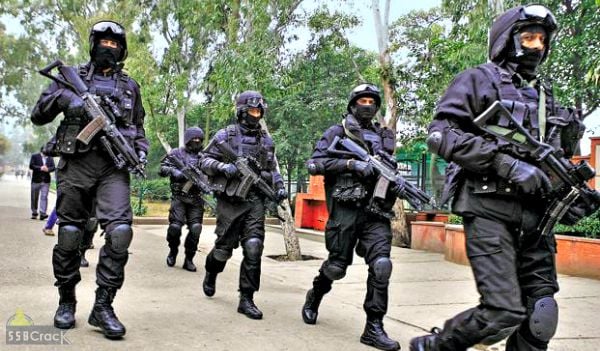

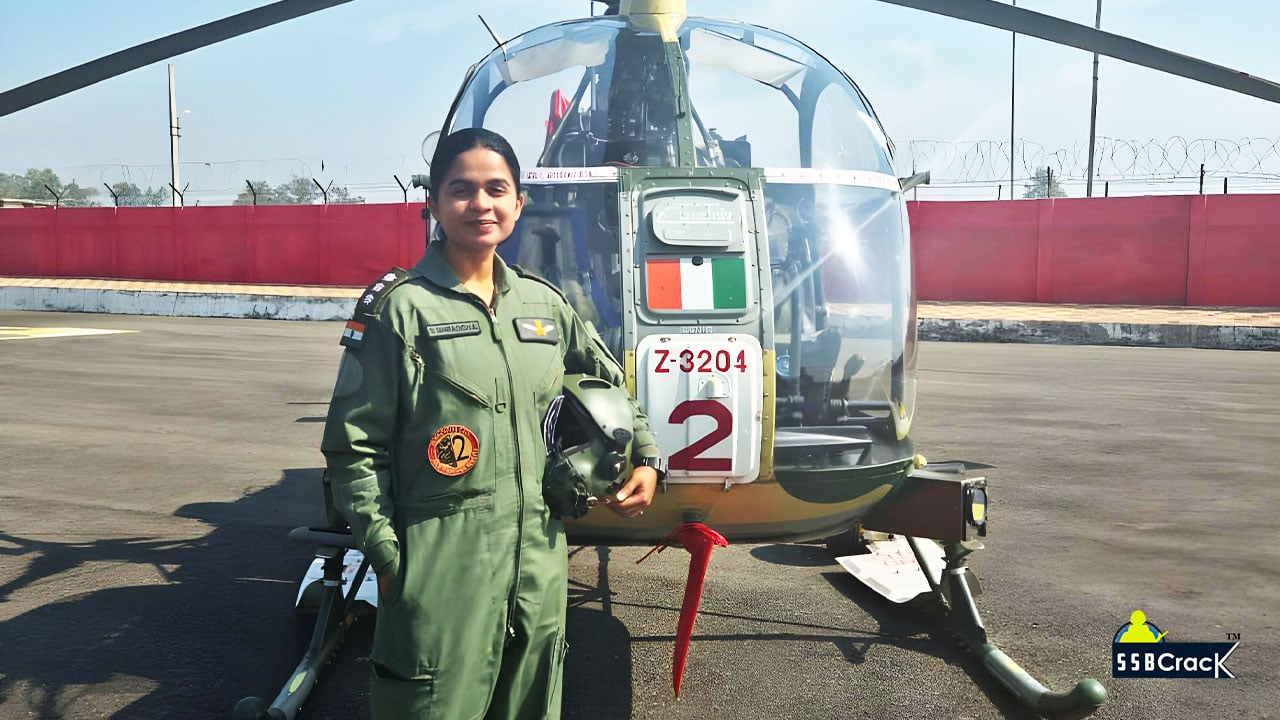

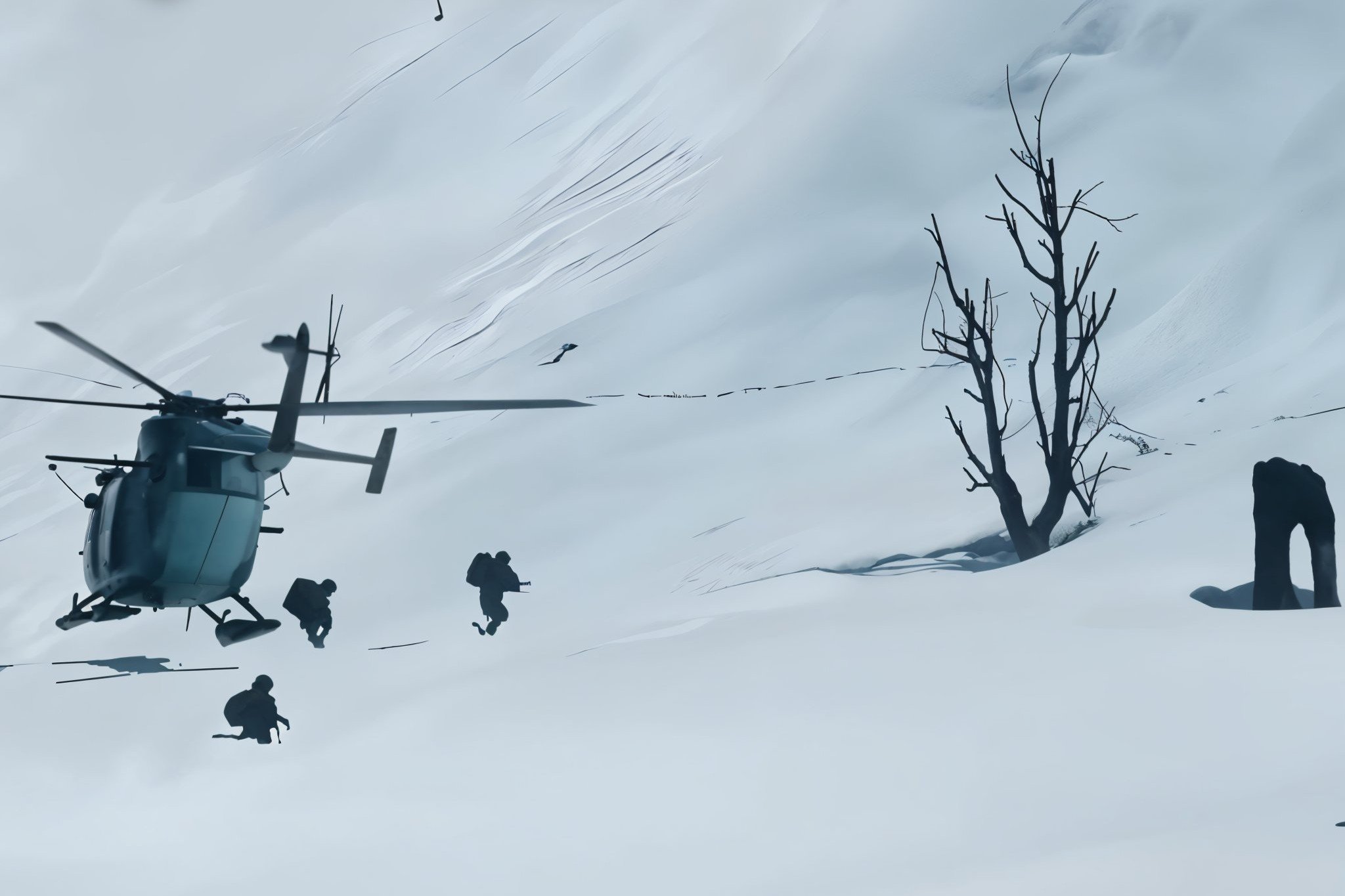
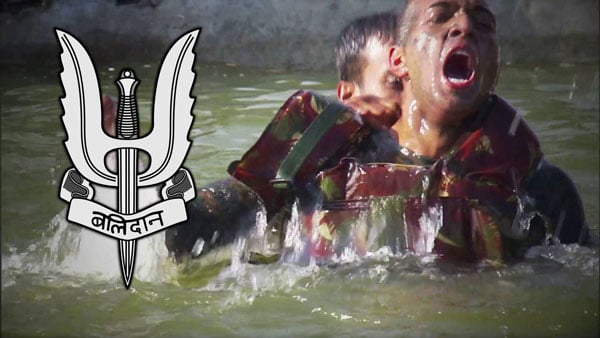
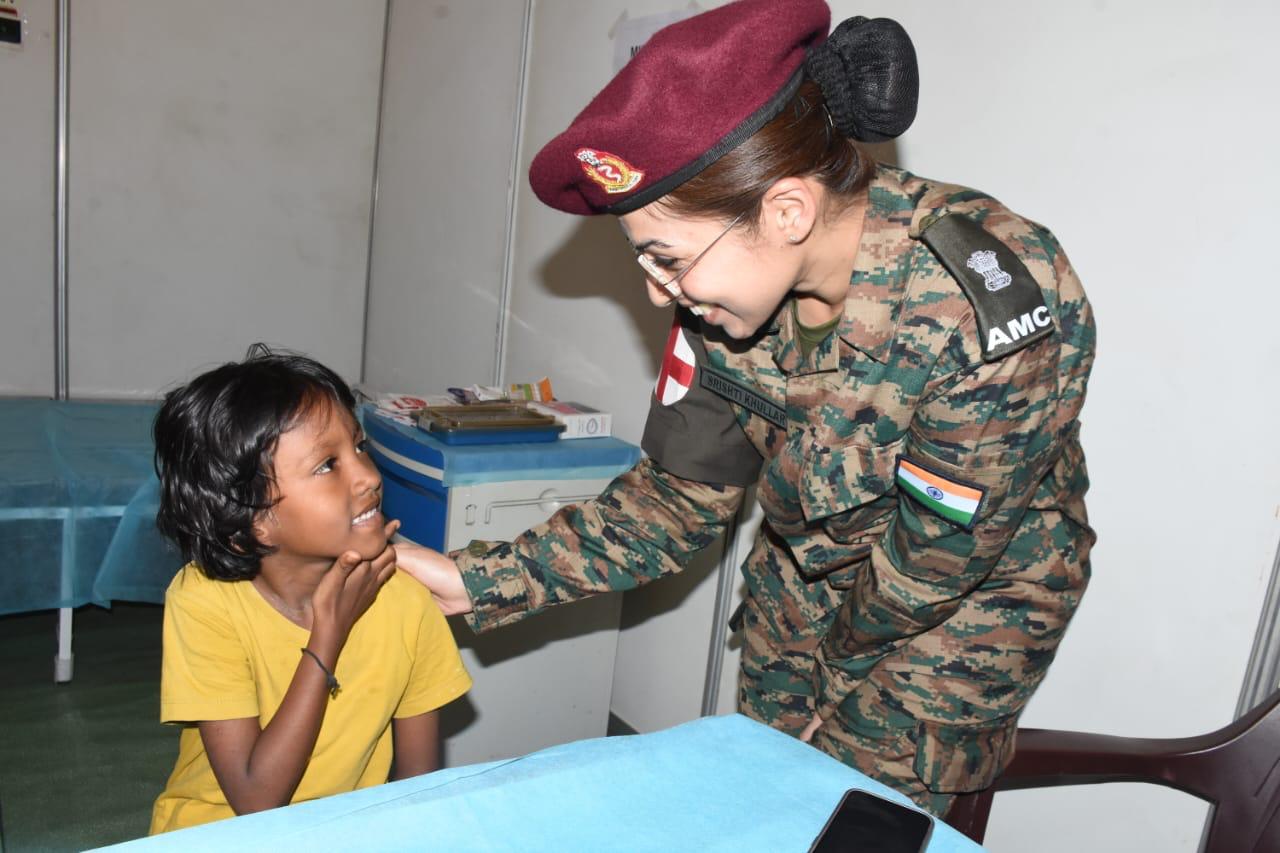
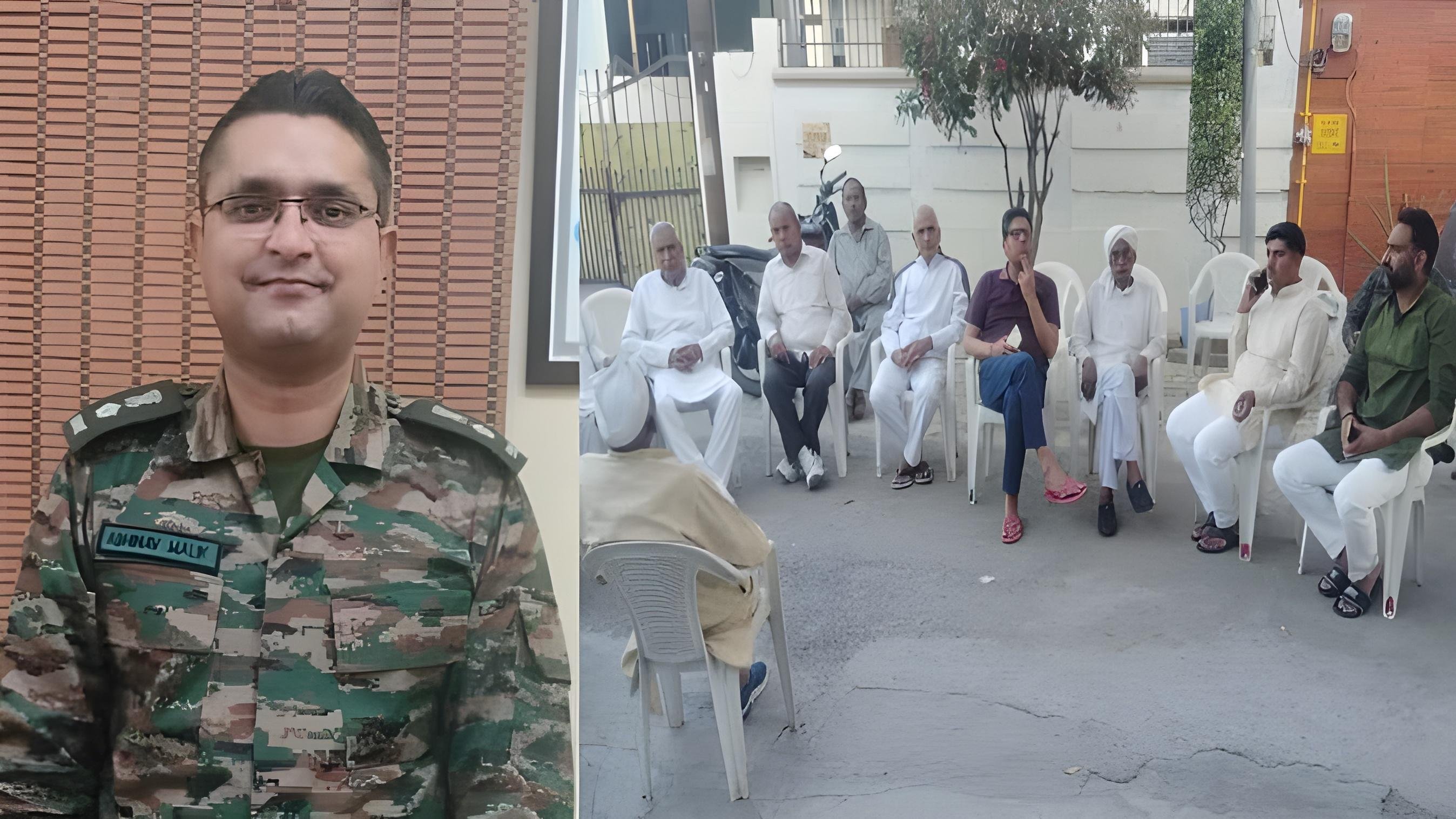

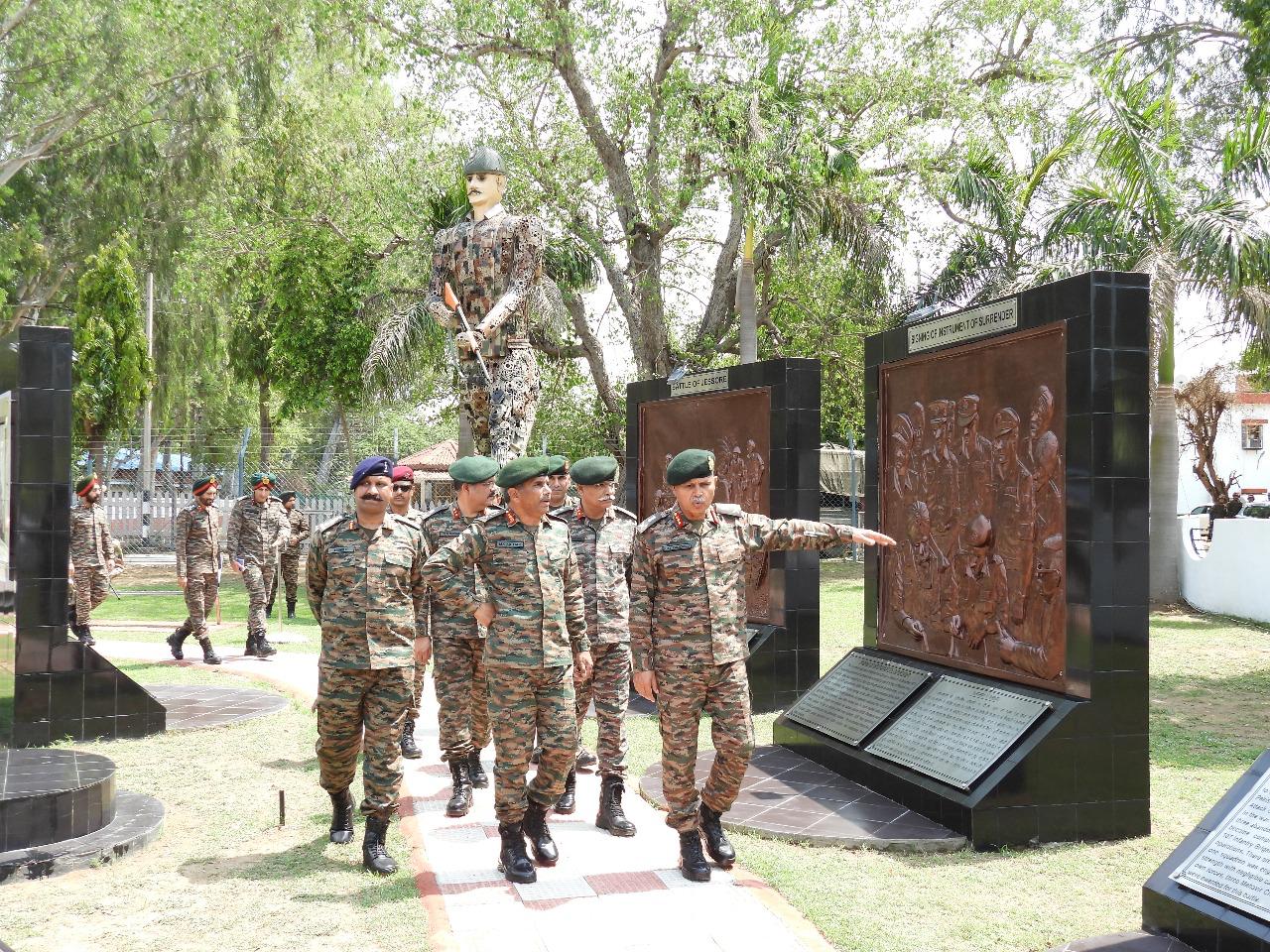
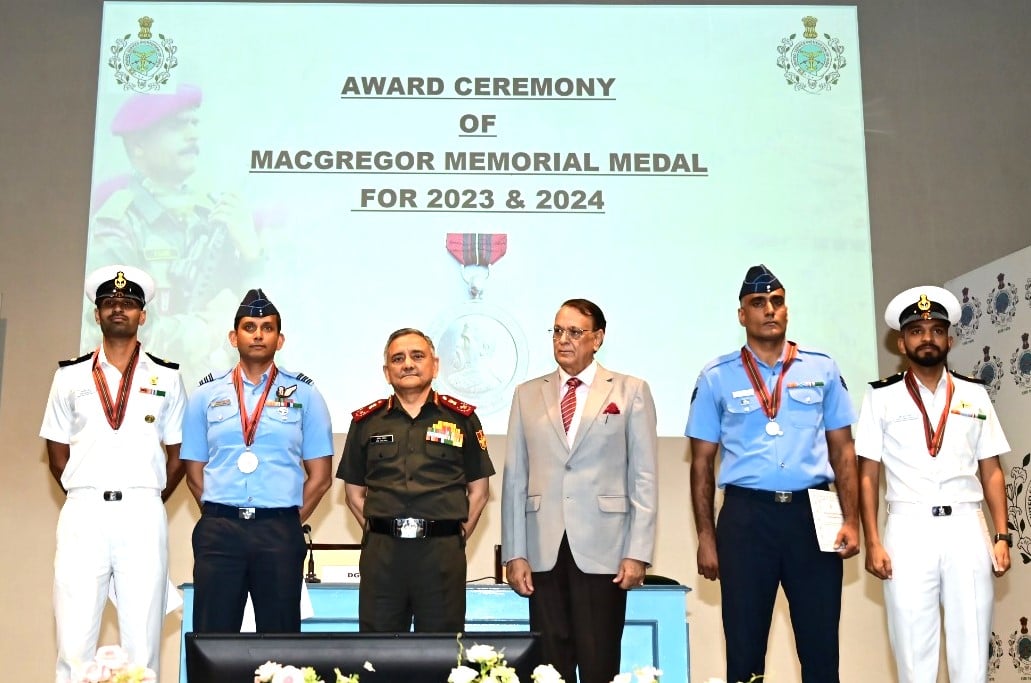
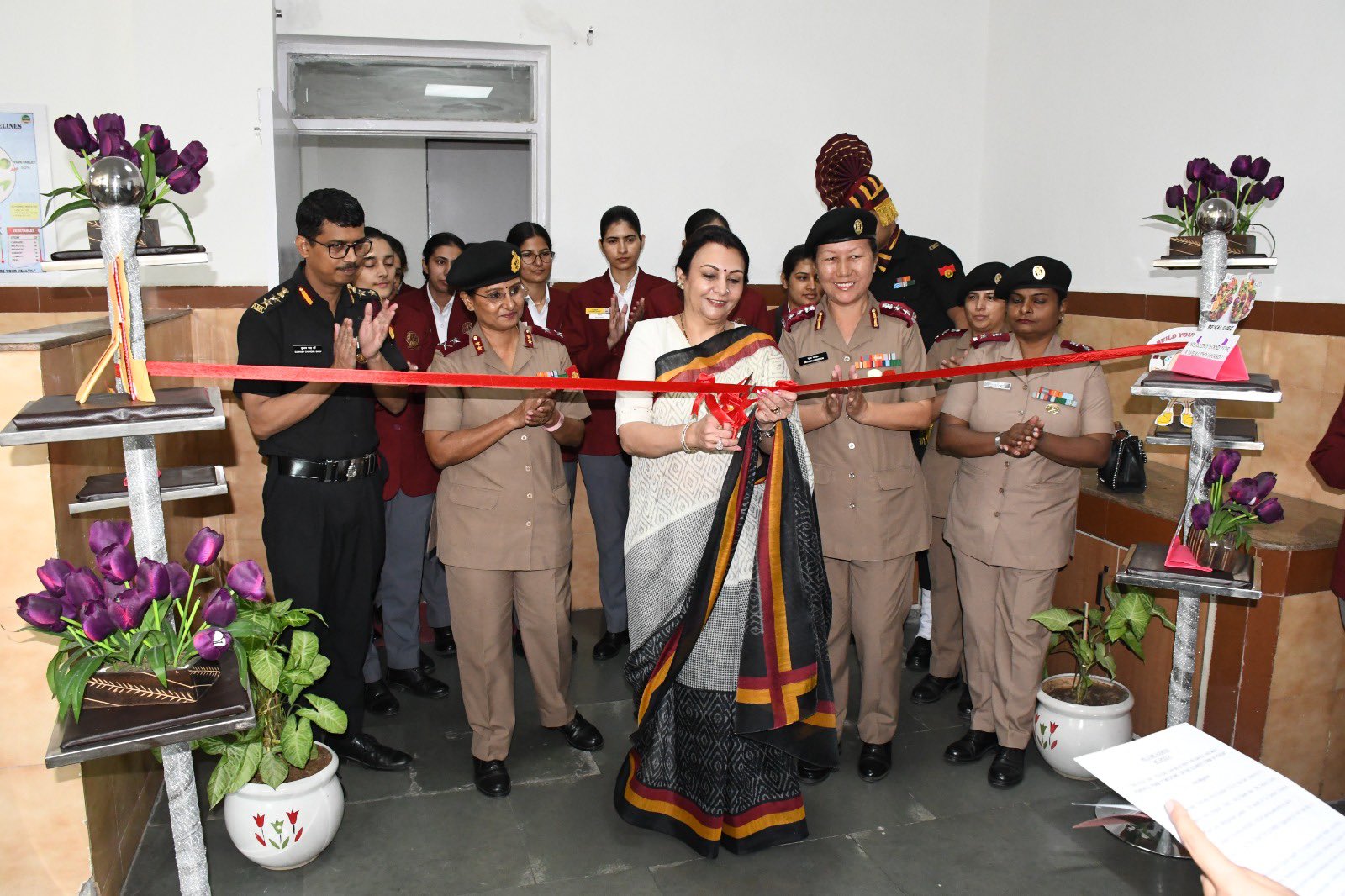

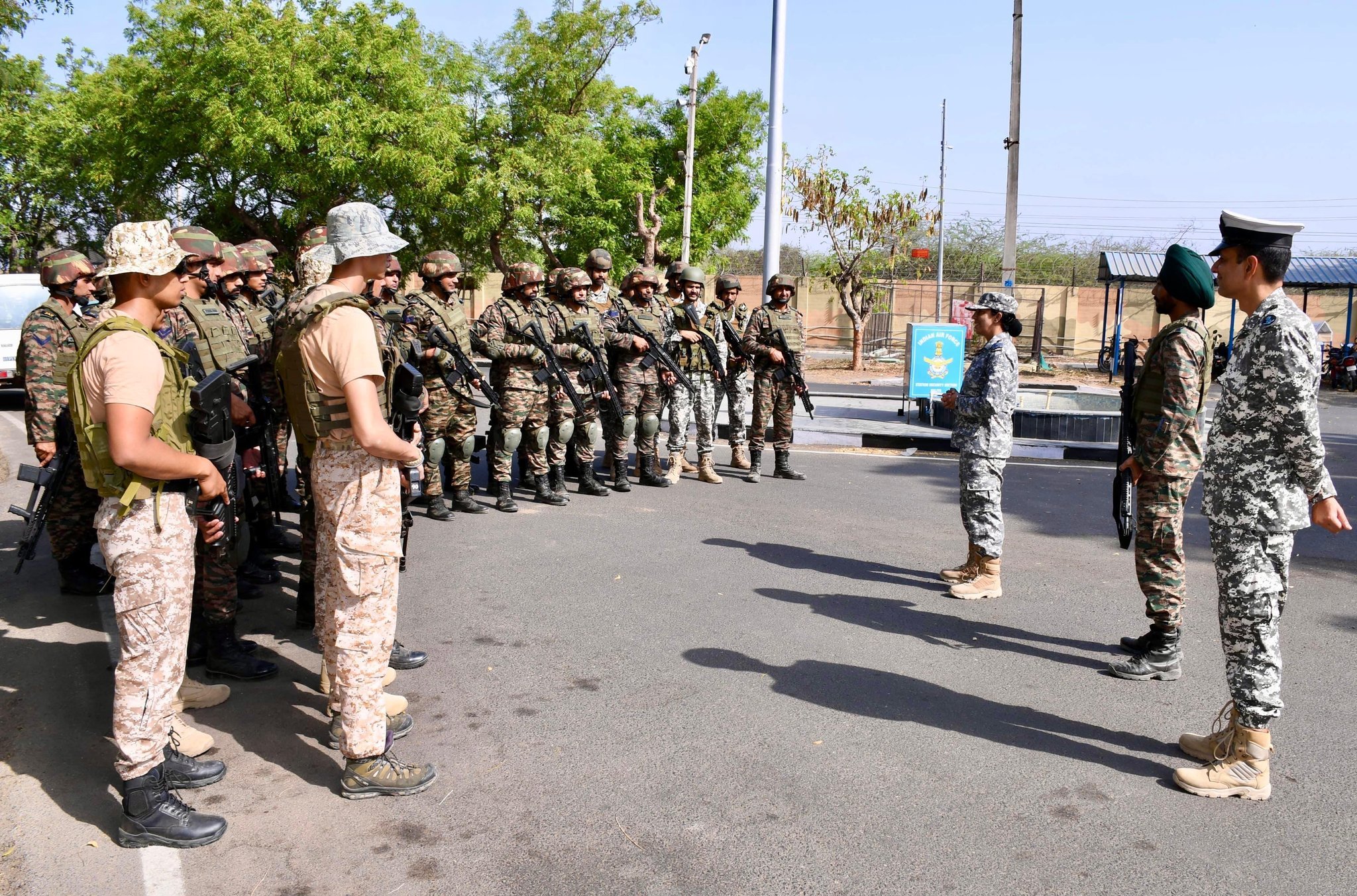
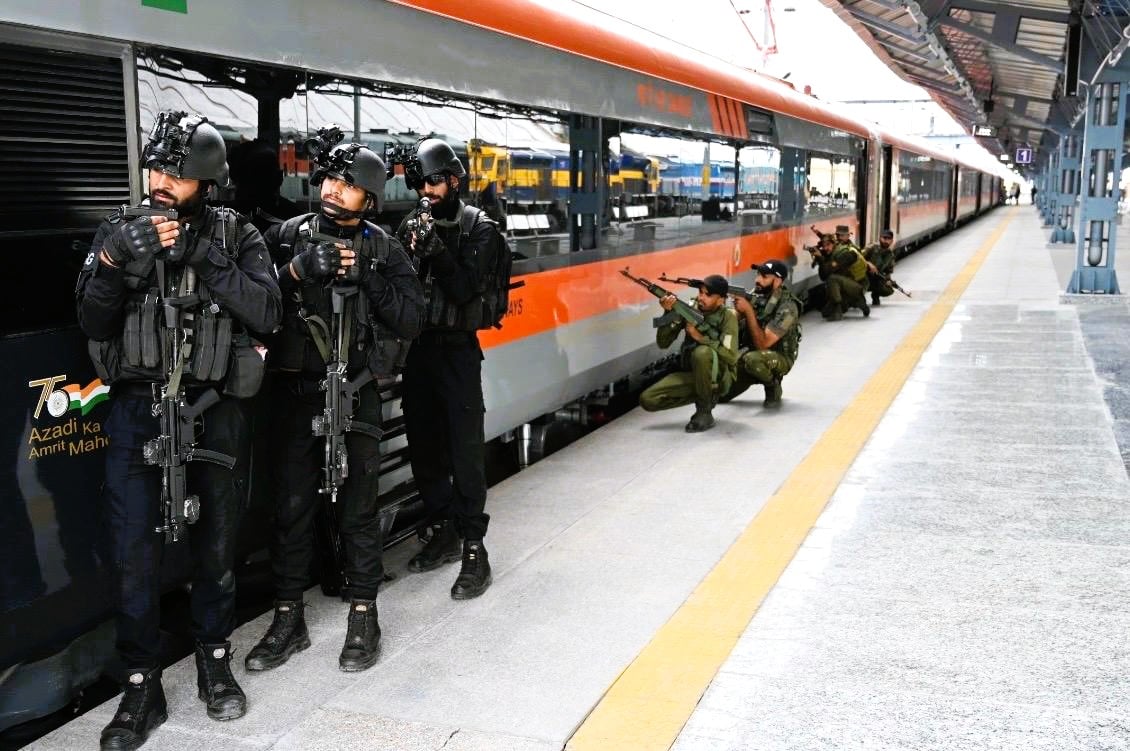
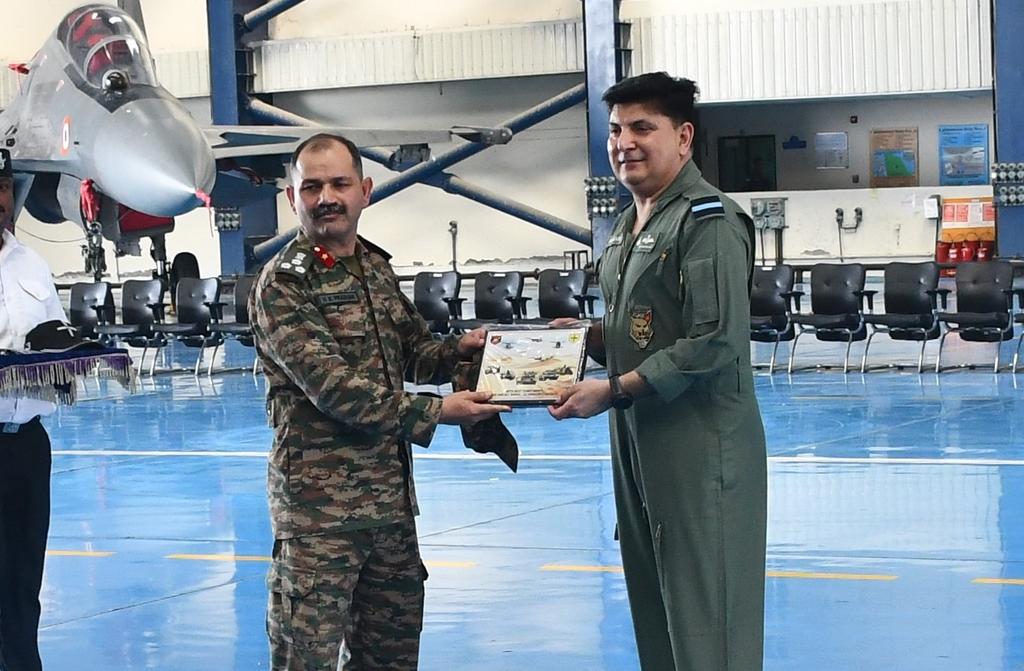
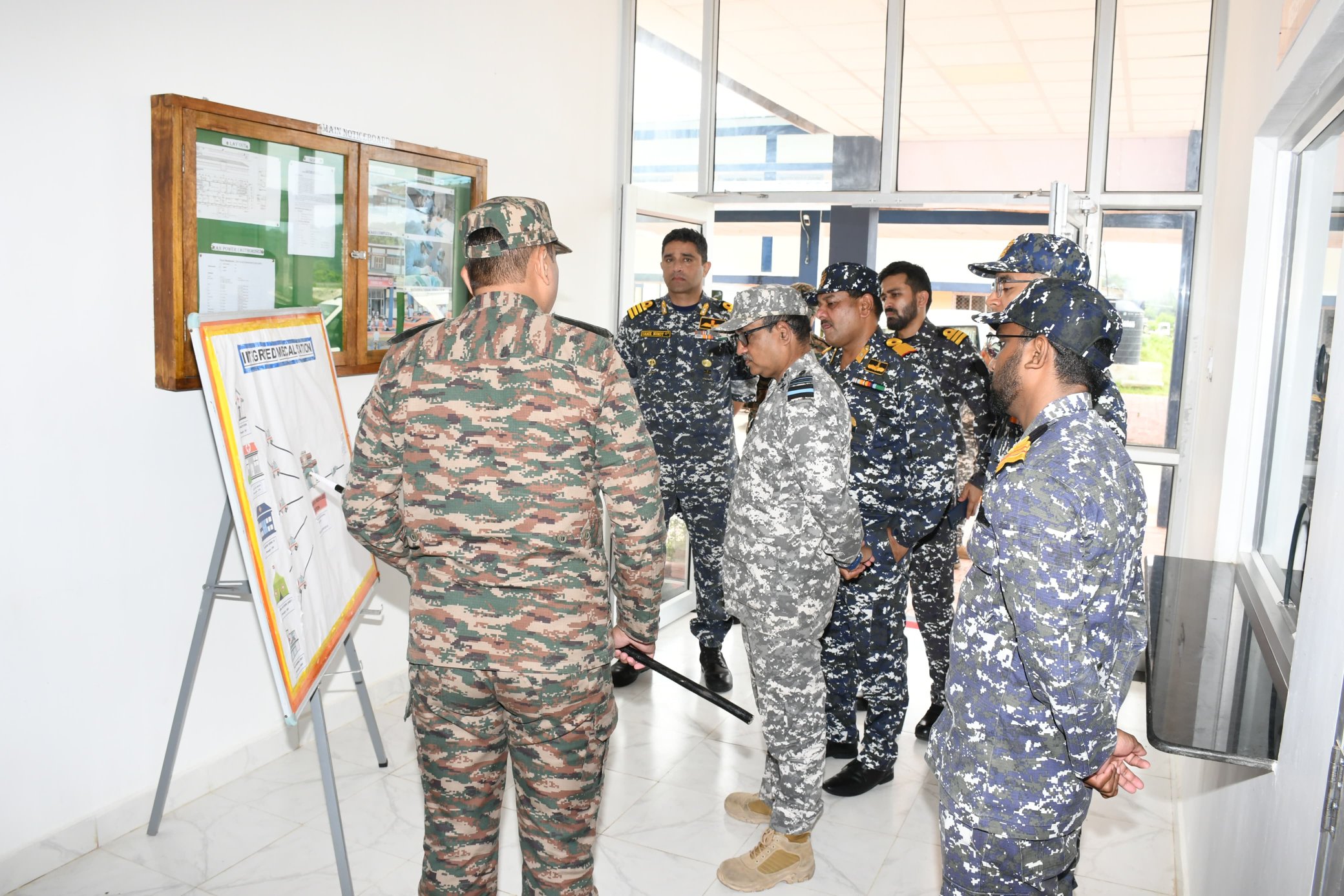

Even if we go in for war with Pak, we will definately win with certain number of casualties. As a reward the pension may be reduced to 33% as it happened in 1972, Down the years the Armed forces personnel who survived the war may have to sit at Jantar Mantar hoping to get their rightful dues.
Even if we go in for war with Pak, we will definately win with certain number of casualties. As a reward the pension may be reduced to 33% as it happened in 1972, Down the years the Armed forces personnel who survived the war may have to sit at Jantar Mantar hoping to get their rightful dues.